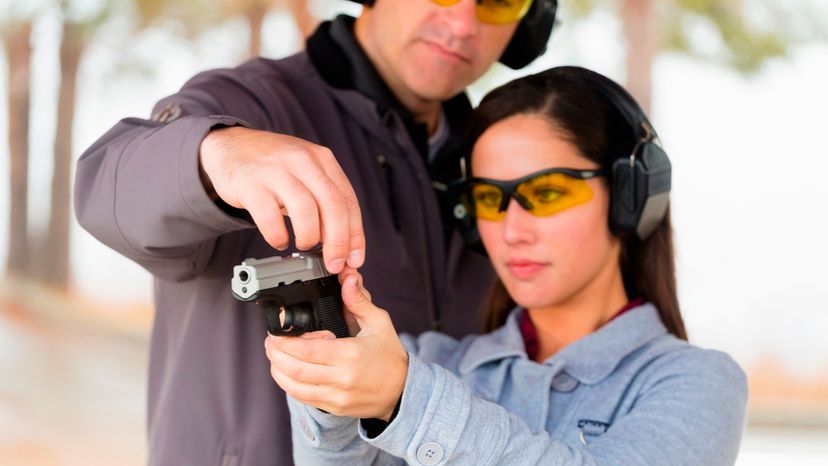
Guns permeate society — police officers carry them, wars are fought with them, ordinary citizens own them. How this complicated piece of machinery works, however, can be a bit of a mystery. In this article, we'll explore the basic parts of a gun to better understand how a firearm works.
There are many types of firearms, but the most commonly operated by civilians include the handgun, the rifle, and the shotgun. These modern firearms all have three basic parts: the action, the stock, and the barrel. Within these common parts, there is a lot of variation.
Advertisement